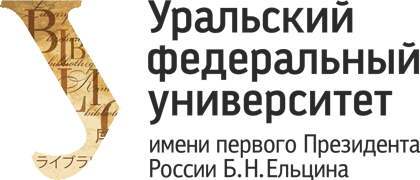The Architect and the Revolution: Architectural Life in Russia in Times of Change
DOI:
https://doi.org/10.15826/qr.2020.2.475Keywords:
architecture and town-planning in 20th century Russia; Russian revolution; First World War; professional communities; Imperial Academy of ArtAbstract
When describing the history of twentieth-century Russian architecture, it is common to separate (and even oppose) the pre-revolutionary decades and the early Soviet period of the 1920s. Thus, the revolutionary months of 1917 proper have been completely overlooked by researchers as unworthy and capable of shaking the existing historiographical model. Such an approach, dictated by ideological considerations, is no longer justified today and requires revision. The study of periodicals of the second half of the 1910s and archival materials, a great number of which have not been introduced into academic circulation, convince us that the years of the First World War and the revolution were marked by significant changes in the minds of architects. Many things which had previously seemed fundamental for the collective identity of architects became subject to problematisation, and aesthetic categories were replaced by political criteria in the professional press. The architectural process started to be described by its participants in terms of struggle, while the self-identification of members of the architectural corporation lay between the search for survival tactics and taking part in the transformation of the country’s inner life. The novelty of the data presented in this article is due to the virtual absence of special studies devoted to this extremely important period in twentieth-century Russian architectural history.










